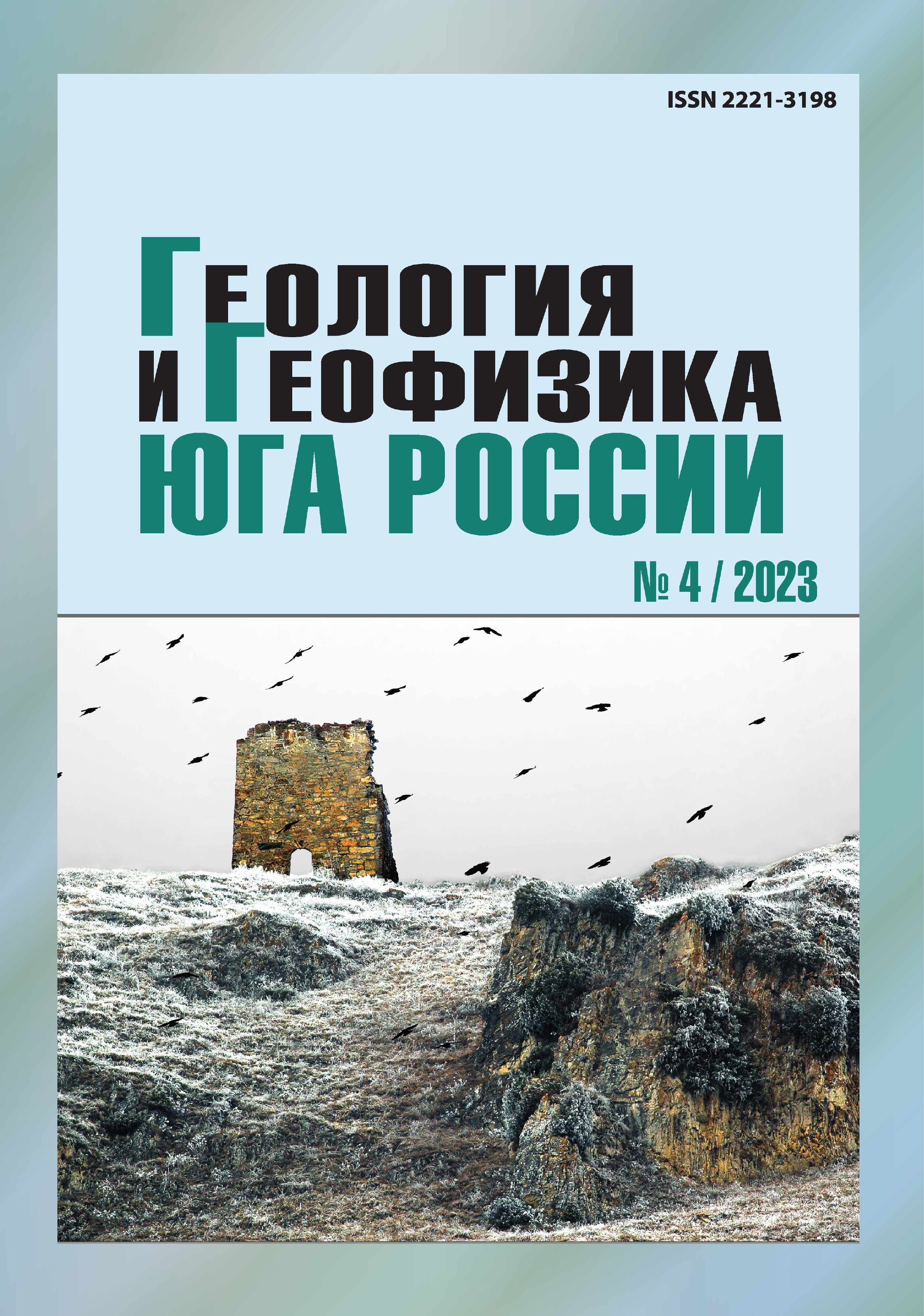Lithogenetic concept of gold content of the Black shale strata and its application to the ore regions of Southern Russia
Abstract
Relevance. The article shows that the lithogenetic concept of the gold content of the black shale strata developed on the basis of studies of the gold-bearing territories of Siberia and the East of Russia finds application in the South of Russia. Aim. The essence of the concept is to isolate the role of lithological factors in the formation of the gold content of the black shale strata, due to which the ore substance is leached, transported and concentrated in the form of ore mineralization sites with certain material and morphological features. This role is determined by the facies conditions of sedimentogenesis, the nature and completeness of the manifestation of the subsequent stages of diagenesis, catagenesis and metamorphism. Research methods. Depending on the stage of lithogenesis, sedimentation-diagenetic, exfiltration-catagenetic, exhalation-sedimentary and metamorphogenic models of the formation of gold content of black shale strata describing the dynamics and kinetics of the corresponding mineral-forming systems have been developed. Mineral-forming systems corresponding to the sedimentation-diagenetic model are formed in the conditions of the shelf of the oceanic basin and are represented by accumulations of syngenetic gold–bearing sulfides; exfiltration-catagenetic model – are formed in the conditions of the continental slope and its foot during avalanche sedimentation of sediments, subsequent catagenesis and is represented by lateral-secretive quartz-vein-veined zones; the systems corresponding to the exhalation-sedimentary model are formed on the oceanic bed during the manifestation of underwater hydrothermal activity and are represented by sulfide and siliceous-sulfide deposits. A special place is occupied by the metamorphogenic mineral-forming system. It is shown that this system also uses internal material and energy resources for its development. The functioning of the metamorphogenic system is carried out in the conditions of zonal metamorphism. The source of gold and other ore-forming components in this case are rocks in the zone of the most intense metamorphism. The agent of gold extraction and transportation to the ore deposition area is thermodehydration waters. The results of the work. It is established that all four models are confirmed in the ore regions of Southern Russia. In accordance with the listed models, large-volume mineralizations of certain mineral-morphological types with supraclark (pre-ore) concentrations of gold are formed. In the South of Russia, these models are applicable to relatively weakly gold-bearing deposits of sulfide-interspersed ores in the Jurassic carbonaceous sediments of the Cardan-Kuspartinsky district, sulfide-interspersed mineralization in the carboniferous carboniferous-terrigenous strata of the Eastern Donbass, to extensive areas of quartz veined and veinlet-disseminated zones in Precambrian and Paleozoic black shale strata of the Malka-Mushta and Urupo-Labinsk ore clusters. Manifestations of some gold-bearing mineralizations of the Malka-Mushta node are attributed to the products of the development of the metamorphogenic system.


